Science is not standing still, it continues trying to match the rhythm of life of the modern person and to make his life easier to the maximum degree. Here are technologies which still aren’t widely available or are in the developmental stage, though they are already giving promise of a bright future. This review of scientific breakthroughs was compiled by The Massachusetts Institute of Technology.
The fight against cancer

…has been carried out with varying degrees of success by humanity for a long time. Although discovering the disease at an early stage provides an opportunity to cure the patient, most people seek medical attention when they are already at a point when treatment is almost impossible. Sad statistics are occasionally counter-balanced with wonderful stories, such as the one that happened recently to 12-year-old Lila Richards when she beat leukemia. The treatment method, which is still in the phase of clinical trials, was in her case tested on a hopelessly sick girl. The doctors injected cells into her body which had been specifically designed to kill cancer cells in the blood. The treatment worked, and the case received wide media coverage. The work on creating artificial immune cells, which can kill malignant ones, is conducted at the Cell Design Labs. Despite the fact that the treatment requires huge funding, Liam Wendell, the project manager, says that it is totally worth it: “The cells of the future” will be able to identify and to destroy cancer cells with precision, determining harmfulness in the course of two-stage verification. Similar tests are being conducted at the research center at Mount Sinai hospital as well as at the AbVitro company in Boston. Specialists are certain that the principle – artificial cells in the human organism against harmful cells – could be efficient not only for the treatment of cancer, but also for other diseases which are untreatable at this point, such as diabetes, multiple sclerosis, lupus, and AIDS.
Extensive use: in the course of the next 1-2 years
Editing the plant genome
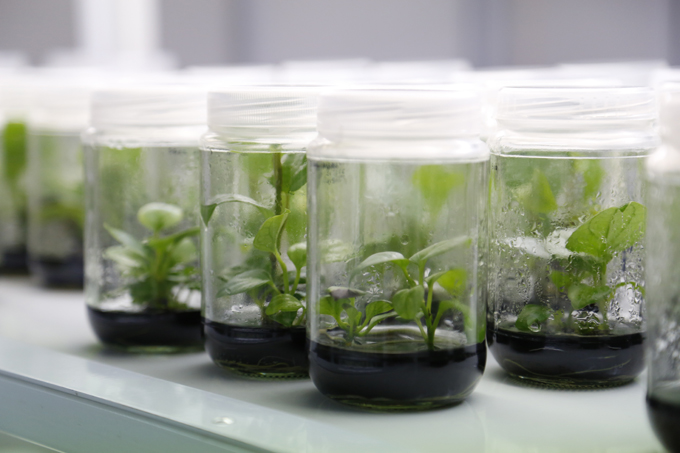
…should not only relieve us of anxiety regarding the presence of GMOs (genetically modified organisms – ed.note), but also increase plant resistance to drought and other natural disasters, microbes, and pests. According to Sofien Kamoun, the head of the research group at Sainsbury Lab in England, CRISPR technology would help potatoes, tomatoes, broccoli, and grain crops to withstand fungal diseases.
Extensive use: in the course of the next 5-10 years
New opportunities for communication
…is an ordinary smart phone: after the introduction of touchscreen, the users were spared from the necessity to press buttons, but now it won’t be necessary to touch the phone in order to make a shopping list, to find the required information on the Web or to write a message to your friend – it could be done just by using your voice. Baidu, the creator of the eponymous search engine, is the flagship of this technology. The built-in voice control systems have been developed by other digital giants: Apple’s Siri, Microsoft’s Cortana, Google Now, Amazon’s Alexa. Despite the fact that none of them is perfect, and the user’s commands are often reproduced in a rather comic way, the technologies are developing in a non-stop mode. Such an invention could mean considerable progress for China, where inhabitants of the remote provinces still can’t read or write, and the communications are being carried out only by word of mouth.
Extensive use: right now
Reusable rockets
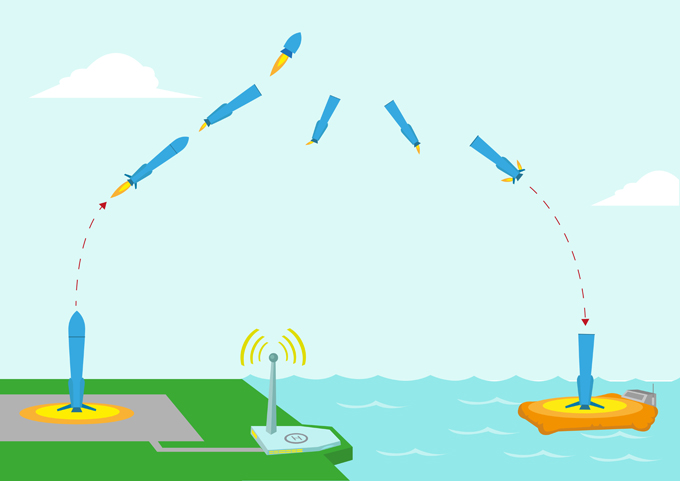
…should become a new dawn for spaceflight. Right up until 2015, the launch of a rocket into space meant not just another scientific success, but also an irreversible loss of tens of millions of dollars spent on its production. The situation has changed thanks to two companies: Blue Origin (owner Jeff Bezos) and SpaceX (president Elon Musk), whose research facilitated successful rocket landings in November and December 2015, respectively. Scientists have invented special fold-out support legs, which are operated by a computer program, which also controls the speed and braking action of a rocket at critical moments. In this way, huge sums of money are no longer going down the drain: scientists can bring a rocket down to Earth, conduct the necessary technical work, refuel it, and send it back on an interplanetary voyage.
Extensive use: right now
Robots that teach each other
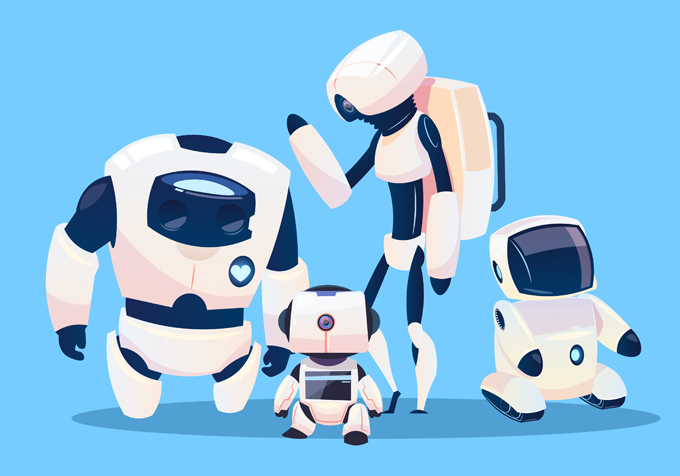
…is not a storyline in a sci-fi movie, as one might think. A person doesn’t require a special program to pick up an item from the floor – we do it automatically, because the required “knowledge pack” has been installed in us by nature. Robots don’t have such a pack, therefore, in order for them to make human life easier, we have to create the program which describes the “item picking” process. However, recent discoveries have shown that we don’t have to complicate our lives by creating a separate program for each robot: it would be sufficient to “teach” one machine, which will “educate” the others. The principle is that the program must be created just once, after which it will be uploaded into the virtual data base (iCloud), and other robots will read from it. A similar interactive educational laboratory for robots called Tellex’s Lab has been created, for example, on the island of Rhodes.
DNA App Store
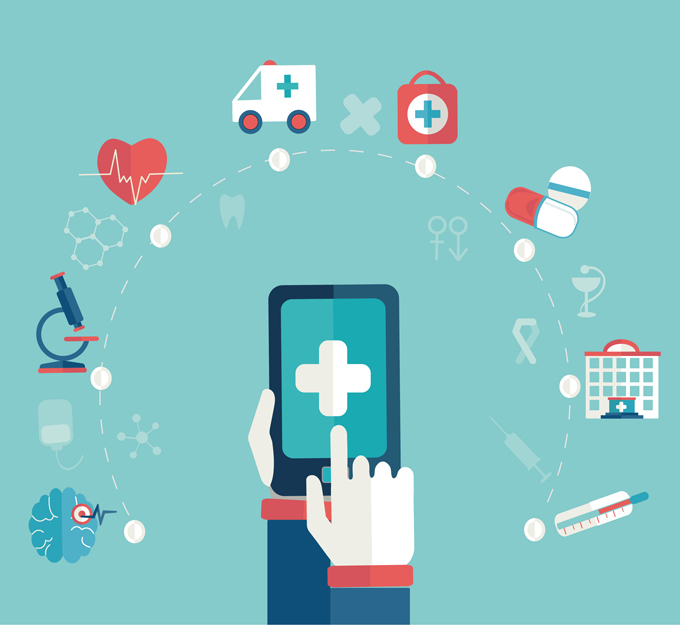
…is a new application from Apple which allows each of us to get to know more about our bodies and health. Instead of graduating to another level of Candy Crush or Angry Birds, you may discover that, for instance, your sugar cravings have been rooted in you genetically. The idea of providing humanity with such information in an entertaining way originated with Justin Kao, the founder of Helix, from San Francisco.
Extensive use: 2016
“Solar” factory

…near the city of Buffalo in the U.S., Solar City will introduce a new era in bioenergetics after its final reconstruction. Its productive capacity should reach around 10 thousand solar panels per day, which is equivalent to a gigawatt of solar energy per year. The factory will be the largest one in this field of work in North America, and one of the biggest in the world. Taking into account the improved production technologies and resulting low price, the idea of switching households to the consumption of eco-friendly energy will, finally, become attractive for many people.
Extensive use: 2017
Slack communication at the office
…has the potential to become widespread in the near future, since in 2013 it set a new record as more than two million users employed Slack for office communication. The application provides the possibility of proper centralized communication with colleagues, including the transfer of documents, photos, and messaging. The design of this application allows it to be larger than Facebook. Each colleague can see the correspondence, and furthermore, the program’s format allows users to send short but capacious messages.
Extensive use: 2016
Autopilot in Tesla mode
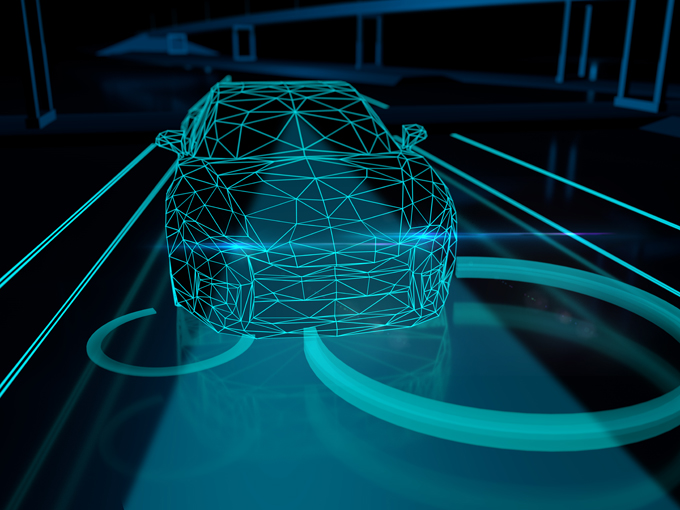
– is the new built-in car system, which resembles the autopilot system of a plane. A warning signal, which the car emits in case of a threatened collision with a curb, a building, a car, or another obstacle, is no longer a gimmick. However, an updated version allows parking a car if the driver suddenly feels sick. In short, it is exactly the same technology as provided by aircraft engineering.
Extensive use: right now
Power in the air
Most electronic devices require a battery or a charger for charging. However, the “era of cables” will soon come to an end: thanks to the efforts of scientists from The University of Washington, even the smallest gadgets, like digital thermometers and cameras, will be charged by the means of advanced Wi-Fi technology.
Extensive use: in the course of next 2-3 years
Photos: Shutterstock
Support us!
All your donations will be used to pay the magazine’s journalists and to support the ongoing costs of maintaining the site.
Share this post
Interested in co-operating with us?
We are open to co-operation from writers and businesses alike. You can reach us on our email at [email protected]/[email protected] and we will get back to you as quick as we can.









